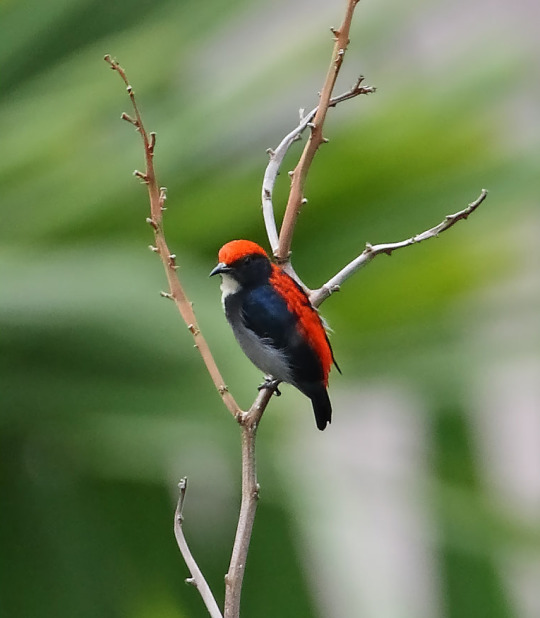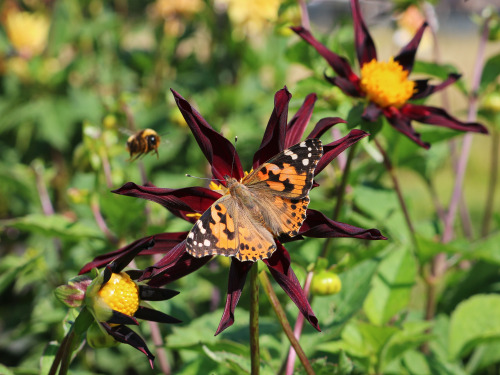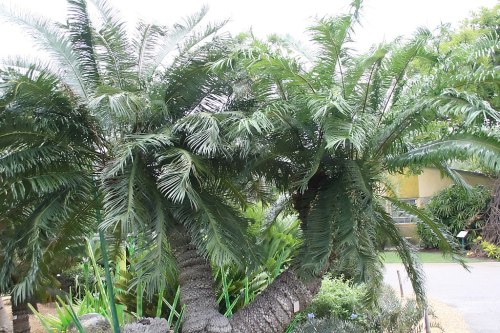#least concern
SCARLET BACKED FLOWERPECKER (male)
Dicaeum cruentatum
©Choy Wai Mun top
©Doug Janson - bottom
This is a tiny bird about the length of a business card, 9 cm (3.5 in) and weighing 7 to 8 grams (0.25 to 0.28 oz). Sexually dimorphic, the male has navy blue upper parts with a bright red streak down its back from its crown to its tail coverts, while the female and juvenile are predominantly olive green. It is found in subtropical or tropical moist lowland forests and occasionally gardens in a number of countries throughout South and East Asia. “Cruentatum” in its Latn name translates to bloodstained for the bright red color which runs down the male’s back and along the hind end of the female. Called a flowerpecker but is primarily a frugivore.

Post link

South America//Least Concern//Rodentia//image source
Pacas are closely related to the other large South American rodents (capybara, nutria, etc.), and similarly lives near rivers. It is the only mammal to have a specially adapted zygomatic arch that acts as a sonic resonating chamber.

Eastern North America//Least Concern//Caudata//photo source
Fun Fact: Sirens are closely related to salamanders. They have no hind legs, and their tiny forelegs are barely visible behind their gills.

Central Africa//Least Concern//Chiroptera//image source
Fun Fact: Their unusually shaped head allows hammer-headed bats to make loud sounds.

South America//Least Concern//Anseriformes//image source
Fun Fact: All three screamer species have sharp spurs on their wings. They are most closely related to waterfowl.

South Africa//Least Concern//Gymnophiona//photo source
Fun Fact: Although caecilians may look like worms or snakes, they are actually a type of amphibian. The Boulenger’s caecilian is one of over a hundred caecilian species, which can be found all over the world.

South Africa//Least Concern//Passeriformes//image source
Fun Fact: Aside from the long tail display, male cape sugarbirds attract females by beating their wings to make unique sounds.

South Africa//Least Concern//Cuculiformes//image source
Fun Fact: There are three varieties of go-away-birds: grey, white-bellied, and bare-faced.

South America//Least Concern//Apodiformes//image source
Fun Fact: The sword-billed hummingbird is the only bird whose bill is longer than the rest of its body. This allows it to reach the bottoms of long, thin flowers.

Asia//Least Concern//Galliformes//photo source
Fun Fact: Tragopans are a type of pheasant. The name comes from tragos, the Greek word for “goat”, and Pan, an ancient Greek nature god who had goat legs and horns.












